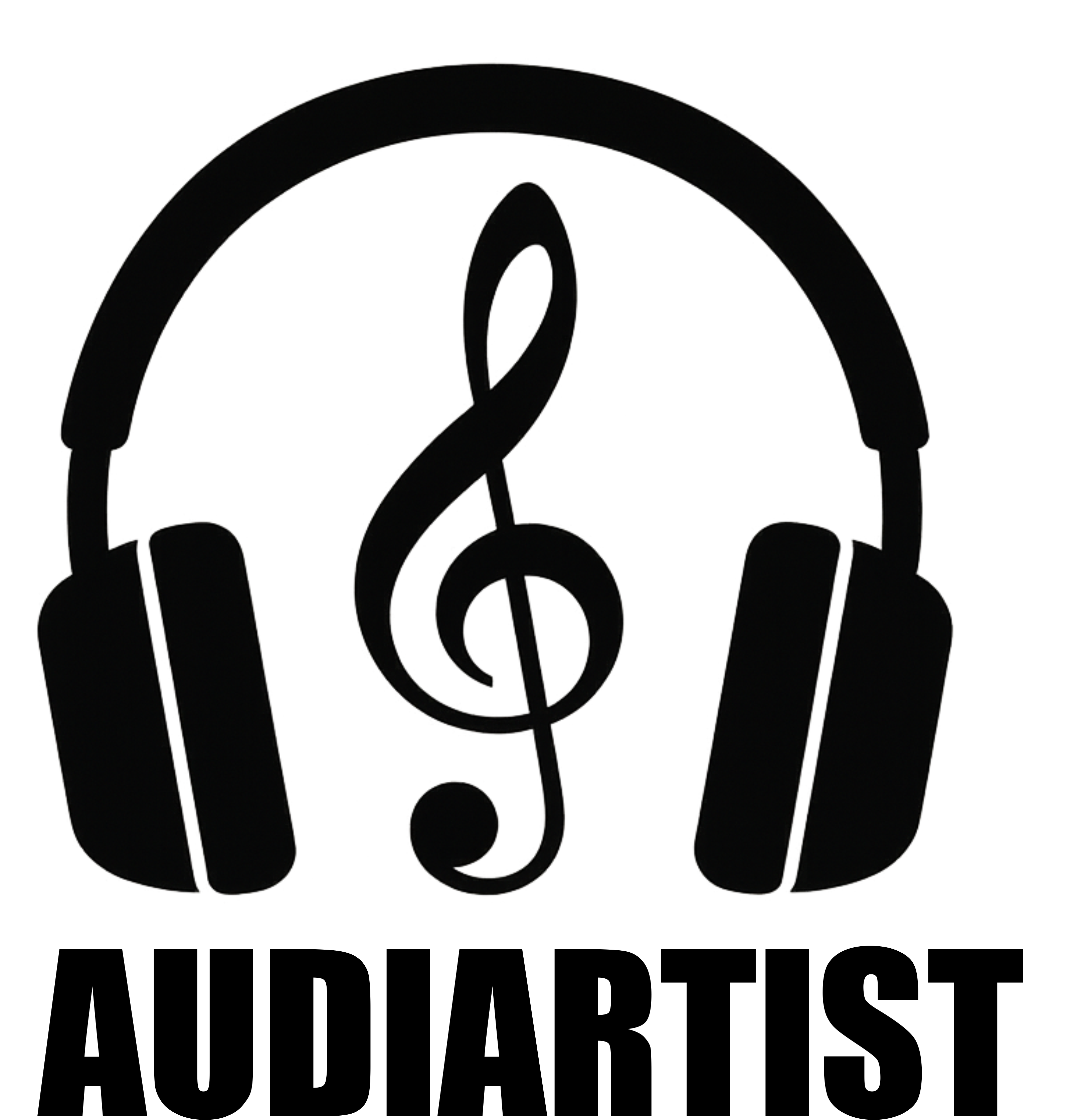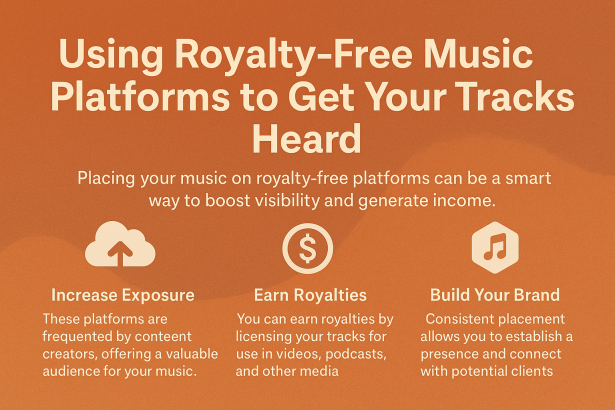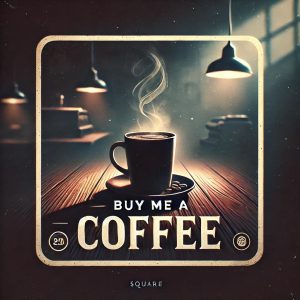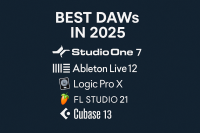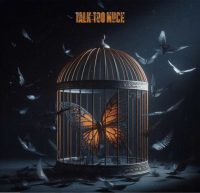🎶 Introduction
In a saturated digital music world, visibility is everything. While social media and streaming platforms play a huge role, royalty-free music platforms offer an unexpected yet powerful boost. These platforms don’t just host your music—they connect you to creators, brands, and content producers who are actively looking for tracks to use. With the right placement, they can help you generate income and build a loyal audience.
🌍 What Are Royalty-Free Music Platforms?
Royalty-free platforms allow users—often filmmakers, YouTubers, game developers, or businesses—to license music without ongoing royalties. Once a track is licensed, it’s cleared for use across various media formats. For artists, these platforms are non-exclusive promotional hubs that keep your music working for you 24/7.
Some well-known royalty-free music libraries include:
🚀 How It Boosts Visibility
Unlike traditional streaming, where you wait for plays, royalty-free platforms offer real usage exposure. Your track could end up:
In a viral YouTube video
Featured in an indie game
Behind a brand’s promotional campaign
Synced in a podcast or documentary
Every placement can lead to backlinks, credits, and even traffic to your artist profile.
Many platforms offer analytics so you can track where and how your music is being used. This can guide your future releases and help define your musical niche.
💸 Monetization Potential
While some platforms focus on exposure, others offer real revenue streams:
Upfront licensing fees
Revenue shares from platform subscriptions
Tips or donations from users
Redirected traffic to paid content or your own site
For example, AudioJungle lets you set prices for your tracks, while Epidemic Sound pays monthly based on performance. Even free-use platforms like Pixabay Music can lead to gigs, shout-outs, or custom project offers.
📈 Strategy to Maximize Impact
Here’s how to get the most out of royalty-free platforms:
Upload consistently – Keep your catalog active and growing.
Tag smartly – Use precise genres, moods, BPM, and instruments.
Craft strong descriptions – Make your tracks easy to find.
Link your artist profiles – Lead listeners to Spotify, Instagram, or your website.
Respond to inquiries – Some users might reach out for custom work.
🧠 Conclusion
Royalty-free music platforms are more than passive libraries—they’re discovery engines. By sharing your music there, you increase your chances of being heard, used, credited, and even paid. For independent artists looking to grow without a label, this route is strategic, scalable, and surprisingly powerful.
![]()
